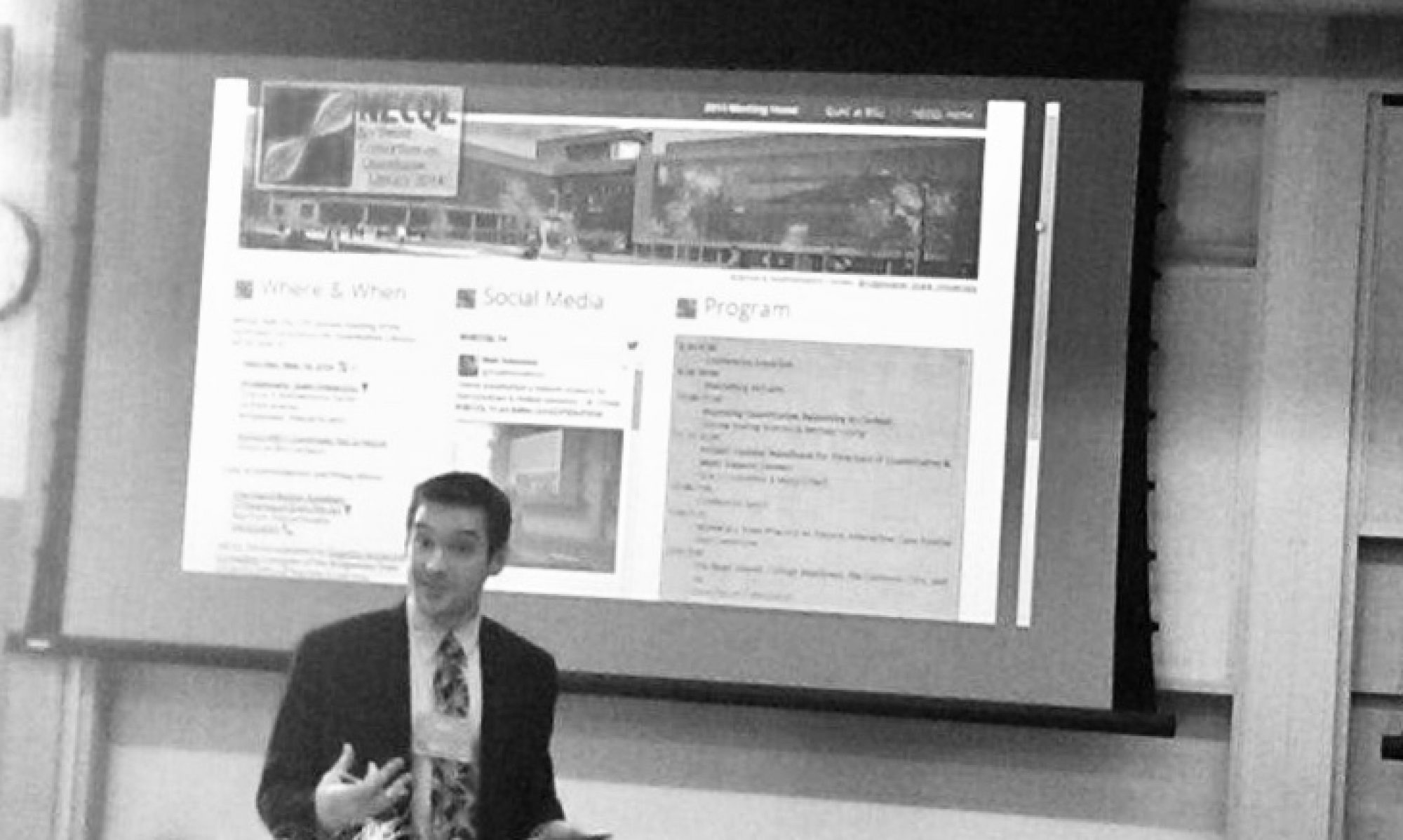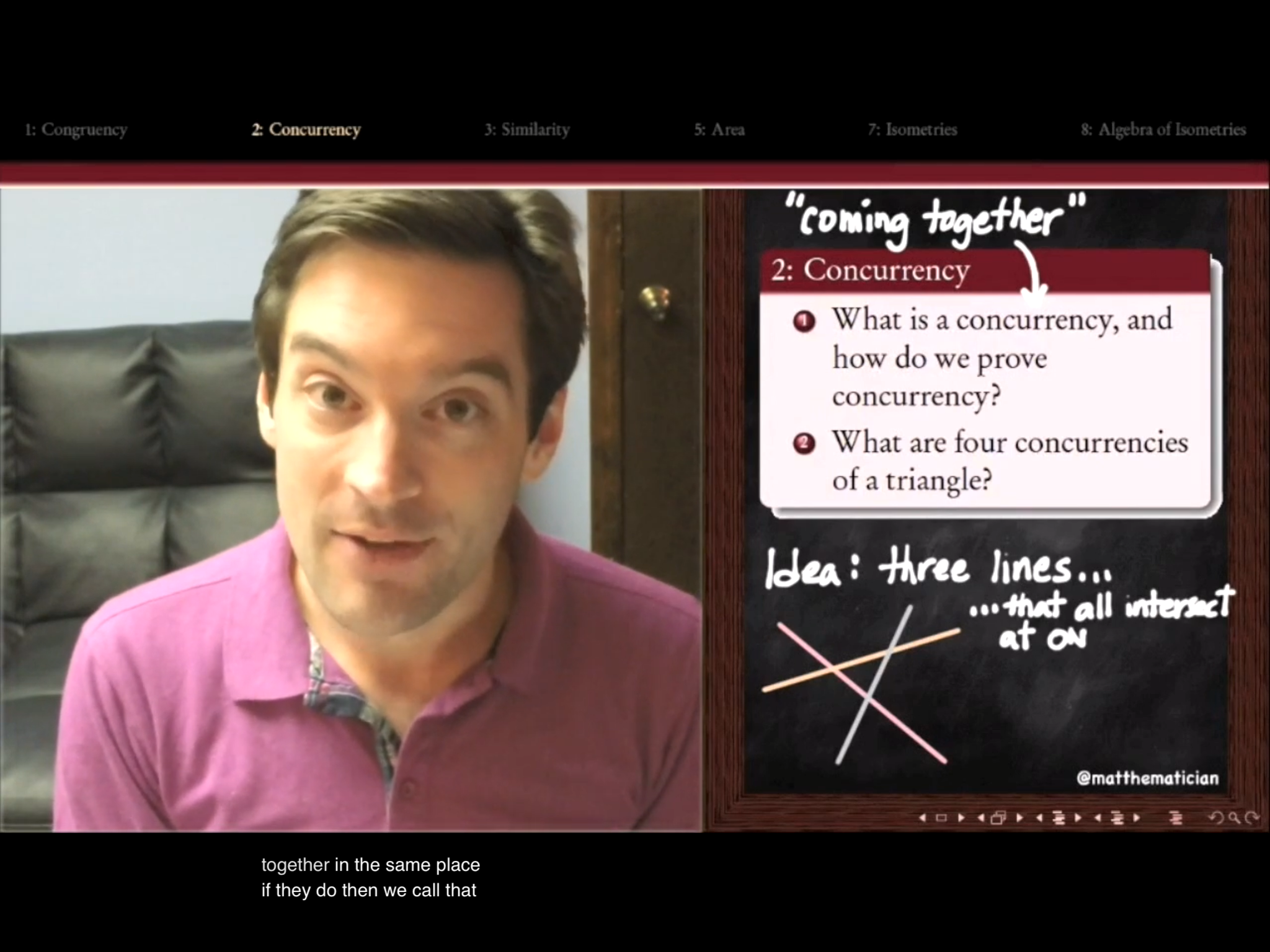Learning is inherently a social activity, so an online milieu that does not foster social interaction is not one that will foster learning. How do you create social presence in online learning?
The prompt that got me thinking this week was
- Consider how students must feel when they cannot meet with their classmates and instructor in the classroom, how can you make them feel connected to their learning community?
As usual, my frame of reference is face-to-face teaching, so I thought about this from the perspective of students who miss my in-person class meetings. What do they do to compensate for the (social) experience they missed? Typically, one of three things, from rarest to most common in my recent experience:
- Catch up with their classmates. Getting notes, announcements, and assignments from peers in the class is my favorite – not only because it requires no work on my part, but also because it’s an indicator of a healthy social ecosystem in the course (or at least subsystem). But I often wonder whether students who have these social connections either (a) brought them into class on day one — taking a class with a friend group that already existed — or (b) were already sufficiently self-regulated learners that they wouldn’t need to rely on peers beyond catching up on administrative details they missed, such as assignment due dates. In other words, are these students already positioned for success regardless of whether any features of my class foster that kind of social interaction?
- Contact me, usually via email. This happens somewhat more often, or at least I am aware of it more often, than students connecting with one another. While I know some of my colleagues have been thoroughly jaded by students’ requests for post-hoc assistance after missing a class:
"The counseling office told me to show up and hopefully you'll let me do extra credit so I can pass."
YOU'VE BEEN GONE 7 WEEKS!
No and no.— ☠️Empress Herstory☠️ (@EmpressHerstory) November 23, 2016
The longer the email, the worse the excuse. #BitterTruth
— 𝙳𝚛 𝙱𝚒𝚝𝚝𝚎𝚛 𝙿𝚛𝚘𝚏𝚎𝚜𝚜𝚘𝚛 🇺🇦 (@AcerbicAcademic) November 27, 2016
I still appreciate it when my students reach out to me because at least they feel comfortable doing so (provided it’s not too late as in the tweet above). At least these students know how to grab hold of one lifeline before their ship sinks, which contrasts them with the final group:
- Do nothing. I coordinate developmental education for my department, and every semester get to watch the faculty teaching developmental coursework for the first time have their spirits crushed by their students’ gaps in study behavior and engagement. “They show up to class without even a pencil to take notes!” “They miss three weeks without a word and then show up again out of the blue!” “They get an atrocious exam score and then blow off my invitation to talk about it in office hours!” While these behaviors are not exclusive to developmental education students, they are perhaps reflective of a weaker social fabric. We know that students in developmental education are less connected — with their campus, with their peers, even with the world-wide Web since their access to technology is often reduced — so it may be no surprise that this is reflected in a disengaged approach to struggles in their courses. And yes, it’s at the end of this list because it is my most commonly encountered response to missing class, particularly this semester when my developmental math students have ghosted at alarming rates.
So given that creating social presence is a less obvious practice for me to do online than in person, and doubly so for my students, I’m very interested in learning more about how good social connections when they have existed in my teaching — for example, in team-based learning — can be, as the frame suggests in Chapter 8 (Holton 2012) replaced, amplified, or best yet, transformed by the technology and new possibilities that online learning offers.
Holton, D. (2012, May 5). What’s the “problem” with MOOCs [Web log post]. Retrieved from https://edtechdev.wordpress.com/2012/05/04/whats-the-problem-with-moocs/

